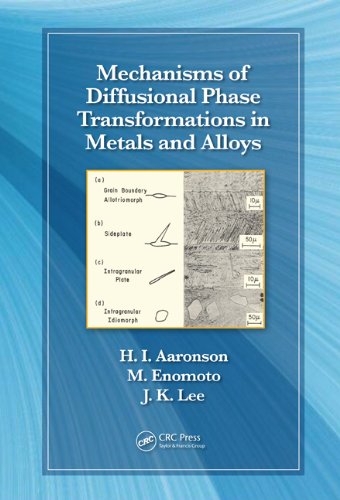

Most ebook files are in PDF format, so you can easily read them using various software such as Foxit Reader or directly on the Google Chrome browser.
Some ebook files are released by publishers in other formats such as .awz, .mobi, .epub, .fb2, etc. You may need to install specific software to read these formats on mobile/PC, such as Calibre.
Please read the tutorial at this link: https://ebookbell.com/faq
We offer FREE conversion to the popular formats you request; however, this may take some time. Therefore, right after payment, please email us, and we will try to provide the service as quickly as possible.
For some exceptional file formats or broken links (if any), please refrain from opening any disputes. Instead, email us first, and we will try to assist within a maximum of 6 hours.
EbookBell Team

4.3
88 reviewsDeveloped by the late metallurgy professor and master experimentalist Hubert I. Aaronson, this collection of lecture notes details the fundamental principles of phase transformations in metals and alloys upon which steel and other metals industries are based.
Mechanisms of Diffusional Phase Transformations in Metals and Alloys is devoted to solid-solid phase transformations in which elementary atomic processes are diffusional jumps, and these processes occur in a series of so-called nucleation and growth through interface migration. Instead of relying strictly on a pedagogical approach, it documents the evolution of phase transformation concepts. The authors present topics by describing a phenomenon and then following up with a corresponding hypothesis or alternative explanation. In this way, the book also shows how the field continues to evolve and meet new challenges.
Integrated with information from a number of key papers and review articles, this volume reflects this revered and influential instructor’s unique and passionate way of introducing well-established theories and knowledge in a systematic way, at the same time introducing, in great detail, how a new idea or interpretation of a phenomenon has emerged, evolved, and gained its current status. If the published version of a theory or a model was too condensed, Aaronson worked the problem out in painstaking detail so that graduate students could follow the derivations. This collection is full of such unique "Aaronsonian idiosyncrasies," which add immense value as a powerful tool for learning in this challenging materials field.